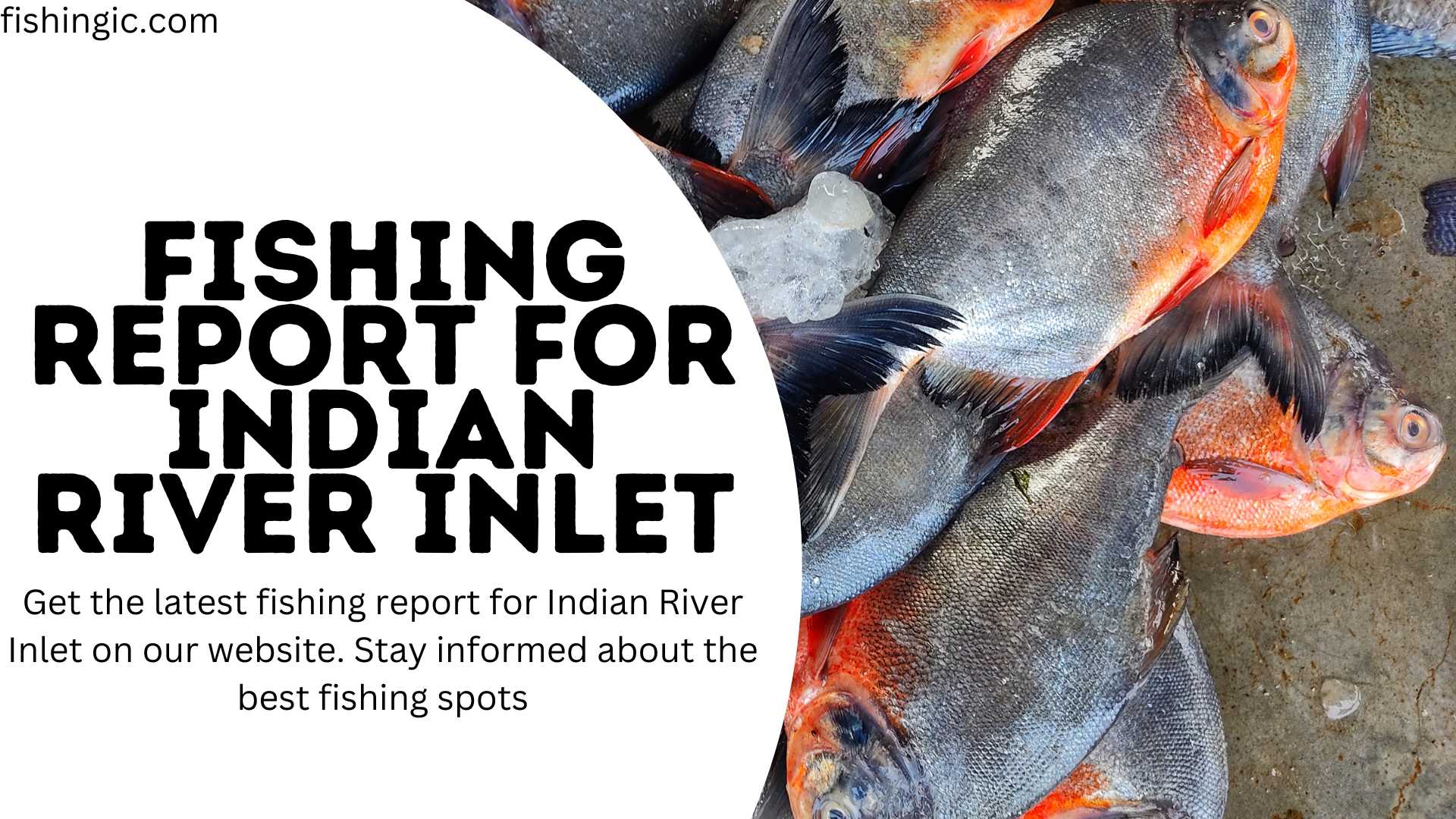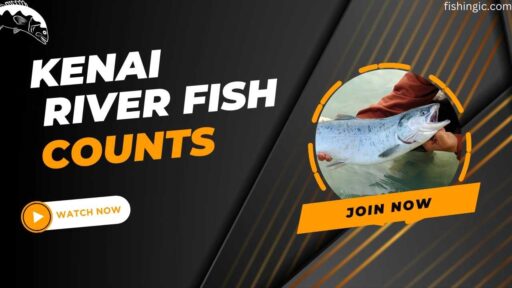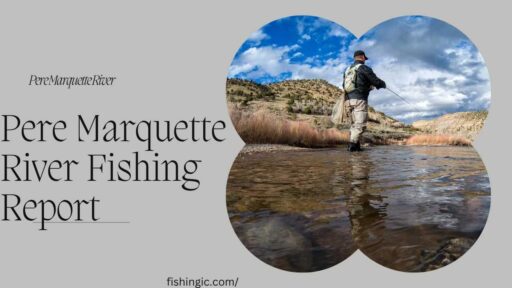Stay up-to-date with the latest Fishing Report for Indian River Inlet. Get real-time fishing reports and valuable insights on our website.
Introduction to Fishing Report for Indian River Inlet
When it comes to fishing destinations, Indian River Inlet is a true gem. Set on the enchanting coast of Delaware, the inlet offers various opportunities for different anglers’ levels of experience. This is because of its rich marine biodiversity and abundance of fish species that attract many people here in search of good fishing luck.
Indian River Inlet is famous for its picturesque views of sandy beaches, clean water, and unforgettable sunsets. If you cast from shore or go out on a boat, you will have a memorable time angling in this coastal paradise.
A Haven for Anglers and Nature Lovers
Anglers are drawn to Indian River Inlet in Delaware by the allure of catching big fish. The site’s natural beauty makes it an ideal place for most anglers. Found within the confines of the Delaware Seashore State Park, these waters entice multiple fish species from across the globe luring anglers. Understanding this locale is key to a successful angling trip. The latest fishing report is your compass. It shows off hotspots and best practices for now.
Current Fishing Conditions at Indian River Inlet
An Overview of the Marine Cast
During summer, there are so many things happening at Indian River Inlet which becomes alive with activities. Various types of species inhabit this waterway making every angler find something interesting over here. With popular striper rockfish to feisty bluefish, your chances of getting something amazing are high enough. This area has better conditions in the early morning and evening. At those times, the fish are more active and start feeding near the surface.
The weather is stable. But, there are occasional afternoon thunderstorms. So, it’s best to plan trips around these cycles. Tides play a very significant role, especially during their incoming/outgoing stages which result in increased feeding frenzies. It’s necessary to check tide charts for the Indian River inlet whenever you are planning for fishing trip.
Tactics for the Season’s Bounty
Being adaptable and nimble is essential for optimizing your angling in Indian River Inlet. Fish can change their positions and depths. They do this based on light and water temperature. This means that you have to be aware of what is happening around you so as to adjust your fishing techniques as well as equipment. Jigging close alongside the rock walls may prove worthwhile when targeting species such as tautog or sheepshead.
During this season, the best options are live bait. For example, bottom fishing with bloodworms or surfcasting with spot and mullet. They have natural scents and are the most preferred due to their lively presentation. Anglers should also be diligent in watching for the bait fish in distress, a sign that predators are nearby and ready to strike. Proximity to pilings and areas with strong currents often yield the best catches.
Understanding the importance of fishing reports
Before embarking on your fishing adventure in Indian River Inlet, it is important to keep up with the latest fishing reports. Fishing reports provide valuable information about current conditions such as water temperature, tide levels, and fish activity. Thus these reports will shape your journey hence increasing chances of a successful catch.
Fishing reports are also a good source of information about the best fishing spots, what bait and tackle to use, and techniques that work. By reading these reports you will gain lots of valuable insights that will help improve your fishing skills and make your trip enjoyable.
The most recent Indian River Inlet Fishing Report
As per the latest Indian River Inlet Fishing Report, fishing conditions are great. Striped bass, bluefish, flounder, and sea trout are being caught by anglers in good numbers this season. The water temperatures have been ideal for such species while they have been busy feeding all day long.
Some of the top fishing spots in Indian River Inlet are the jetties, inlet itself, and the sandbars close by. These places are usually full of fish and offer different types of fishing opportunities. Whether surf fishing is your thing or you prefer pier or boat fishing, there is always a lot to choose from.
Best catches in Indian River Inlet
Indian River Inlet has a wide variety of fish species making it an attractive place for anglers looking forward to catching any type of fish. Some popular catches include striped bass which is also known as rockfish owing to its fighting ability and sumptuous taste. Another catch known as bluefish possesses aggressive bites with powerful runs.
Additionally, there is plenty of flounder available within the Indian River Inlet because those flat-bodied fishes that reside in the bottom area can be found in large numbers here. The delicate taste makes these fishes fetch high prices. They are valued over weakfish, another appreciated kind in this area. Weak fish looks silverfish and people enjoy competing over who gets it more.
Techniques & Tips for Successful Fishing at Indian River Inlet
The right techniques should be applied when you target specific species in order to increase your chances of success at Indian River Inlet. One way to catch striped bass involves using live bait like bloodworms or bunker and casting near the jetty or in the Inlet. This can also work well if you use casting lures such as toaster plugs, soft plastics, or anything that looks like them.
Fast and erratic retrieves suit bluefish best; this is where using spoons or metal jigs that are bright is important because these aggressive predators like flashy baits. Schools of bait fish and structures such as jetties or sandbars can lead to a good number of bites.
Flounder bait angling calls for an advanced bottom rig/ fluke rig technique. Live baits like minnows and squid will be useful when fishing for these flatfishes. Slowly dragging your bait along sandy bottoms near drop-offs, and channels may get you some nice results.
Targeting sea trout during twilight hours helps as they feed more actively hence increasing your chances of success, especially when using light tackle. Sea trout are usually targeted with such soft plastic baits as paddle tails and jerk shads. It will also be productive to check out areas with grass beds or submerged structures for possible catches.
Local Insights & Recommendations
Discover From The Local Gurus
Experience is the best teacher, and seasoned anglers who frequent Indian River Inlet are wellsprings of wisdom. They know the nuances of the inlet, where certain fish tend to go, and signs that betray their presence. Strike up a conversation at the local bait and tackle shops or book a charter with one of many experienced captains who ply these waters.
Hot spots, Ditches
Locals often point out particular “sweet spots” on the inlet that have historically produced greater numbers of larger catches. These hotspots formed due to underwater topography. The topography offered both shelter and lots of food for fish. The areas around bridge tenders’ houses often give rise to an attractive mix of species and so do sections around jagged jetties.
However, other less crowded sites should not be overlooked especially if they offer a break from foot traffic. Go out and find your treasure troves; there are myriads of surprises in store as you fish Indian River Inlet.
More Knowledge More Fish
You must understand how your target fish live and behave in order to be successful in catching them. Bluefish love hunting together in packs because they are fierce predators that feed aggressively while staying at shallow depths. Stripers on the other hand favor colder waters and are known to hang out near bridge shadow zones and piers.
When going into the inlet, always keep an eye out for local advice given by those living around it. For all those angles looking forward to advancing their fishing report skills observation and listening are two very effective equipment’s.
Safety rules for fishing in Indian River Inlet
Fishing in Indian River Inlet can be an exciting experience but safety always comes first. Always put on a life jacket when fishing from a boat and watch out for weather changes. Also, ensure you follow all Delaware Department of Natural Resources (DNREC) fishing regulations which include bag limits as well as size limits per species.
Take care of your environment and keep the Indian River Inlet beautiful by disposing of waste properly. Don’t forget that it is important to be cautious while wading or fishing from shore as there might be strong currents or hidden rocks.
Useful resources and fishing guides in Indian River Inlet
For those who are new to Indian River Inlet fishing or simply want to enjoy a better experience, take the step of hiring a local fish guide. These experienced guides have extensive knowledge about the area and can offer important insights along with tips that will help you get more fish. They may also provide all the necessary equipment and ensure you have a safe, fulfilling trip.
Also, several local bait and tackle shops are in this region. They can give you the latest fishing reports and have a wide selection of fishing gear, baits, and tackles. These shops typically employ knowledgeable staff who may recommend what you should use depending on present fishing conditions.
Credit: The Fishing Pole
Frequently asked questions about fishing in Indian River Inlet
Am I required to possess a license if all I need to do my angling activities on Indian River Inlet?
Yes, 16 years old people and above must have one. The licenses could be obtained online or from authorized distributors.
When is the best time to fish in Indian River Inlet?
Indian River Inlet fishing is good throughout the year, but generally more productive during the spring and fall seasons.
Can you fish from shore at Indian River Inlet?
Definitely! Shore fishing in Indian River Inlet has many great opportunities. You can easily access them through jetties, beaches, and sandbars.
Conclusion: Plan your next fishing trip to Indian River Inlet with confidence
Indian River Inlet is not just about catching fish. A day spent here involves a full immersion into an energetic and beautiful ecosystem. The inlet’s abundant species variety is like a mosaic of marine life each with its attraction and problems for anglers.
Looking at the latest fishing report is key. Use the right tools and info. Connect with local authorities. Take care of the environment and follow its rules. That’s enough to ensure you enjoy fishing. Be it reeling in your dream catch or simply enjoying the tranquility of inlet scenery; there is much to gain for those opting to have their rods cast here.
It is a major destination for locals and visitors who want to explore East Coast angling grounds. It rewards respect with results. Pick your things up, study that recent report then get out there so as to sample some of Delaware’s most loved waterways for fishing in.






